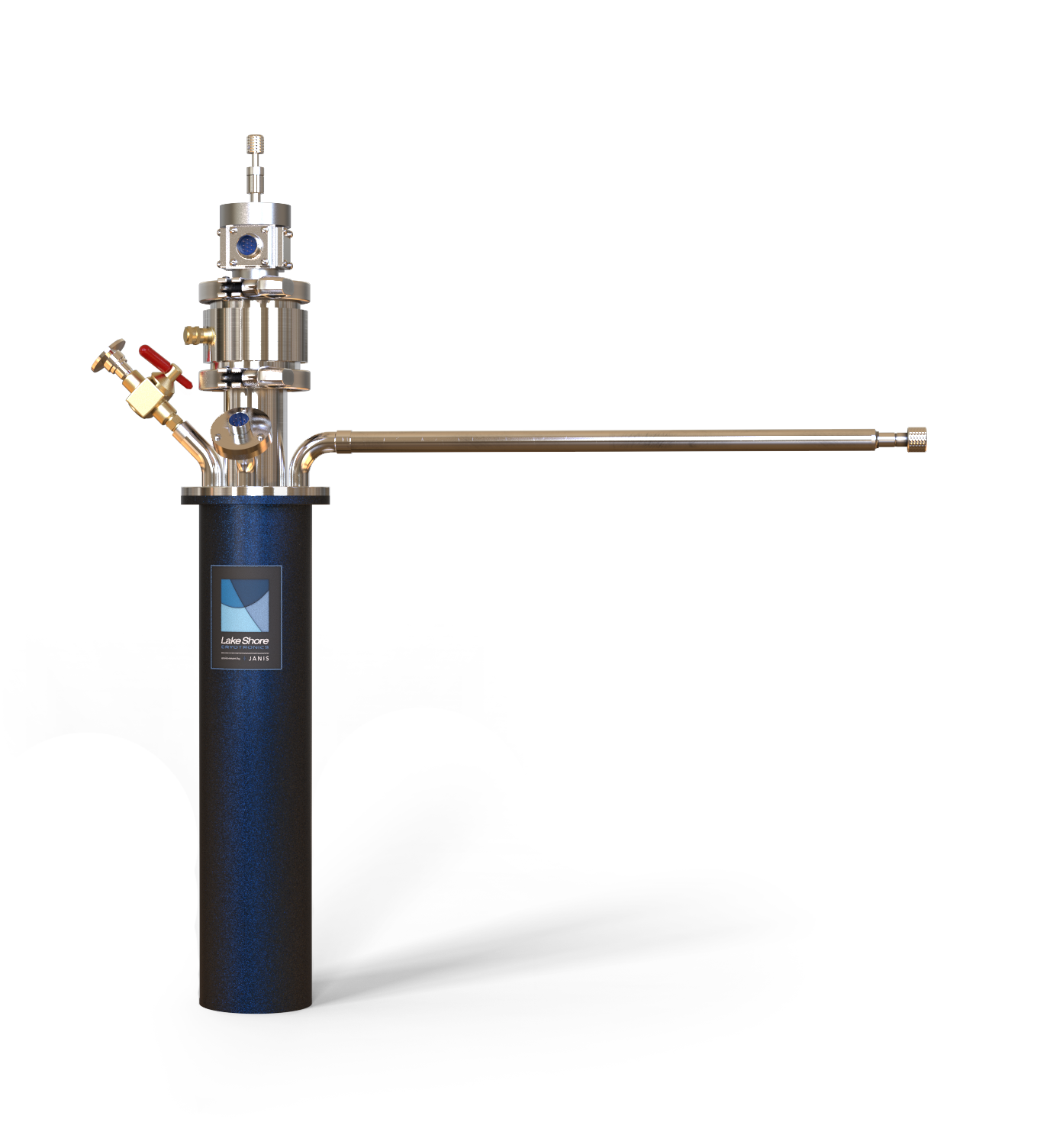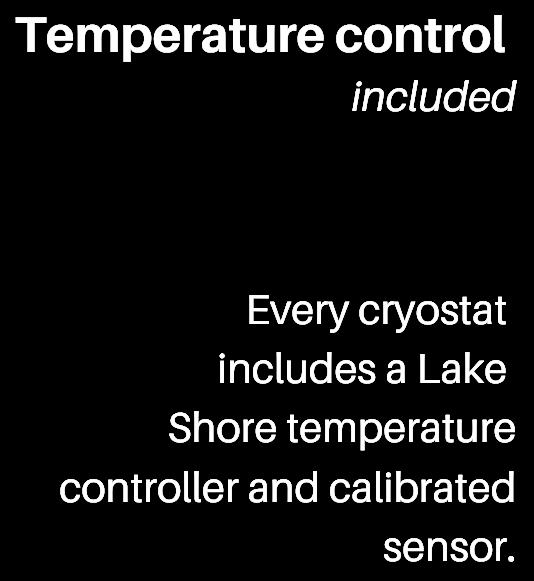
2 minute read
Nuclear Magnetic Resonance for NDT study of molecules
Nuclear magnetic resonance (NMR) is a non-destructive analytical technique that uses radio waves to study molecules
Advantages of NMR
NMR is non-destructive and requires less sample preparation than other methods, such as electron microscopes and X-ray diffraction.
What can NMR be used for?
Characterising molecular structures
Monitoring the composition of mixtures
Studying molecular dynamics and interactions
Quantifying known and unknown components
Investigating the structure of chemical species
Following the course of chemical reactions

STVP-NMR cryostats are optimised for NMR magnets with an 89 mm (3 5 in) diameter bore; custom configurations can be fabricated for larger or smaller magnets. Samples are typically mounted in a user-supplied NMR insert, and mounted inside a 55 mm inner diameter chamber These cryostats are typically nonoptical, but an optional bottom window is available upon request.
Samples are located in temperature controlled flowing helium vapor The small cryostat footprint takes minimal space on the NMR magnet, easily fitting between the stacks on the magnet top plate. STVP cryostats use a high efficiency transfer line to deliver LHe to the sample chamber for cooling.
Temperatures below 4.2 K are achieved by reducing the venting helium gas pressure using a vacuum pump They can also be configured for liquid nitrogen operation




---------------------------
To discuss your application, contact our Technical Director, Dr. Shayz Ikram by email or call (01372) 378822.



